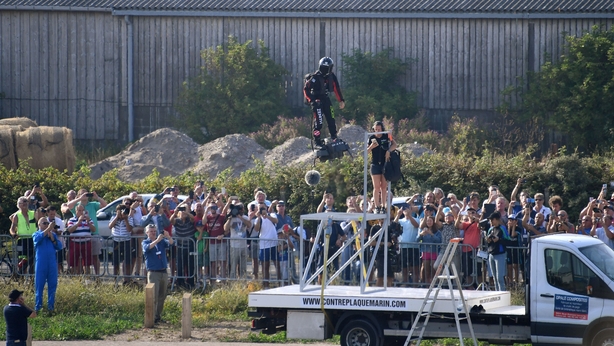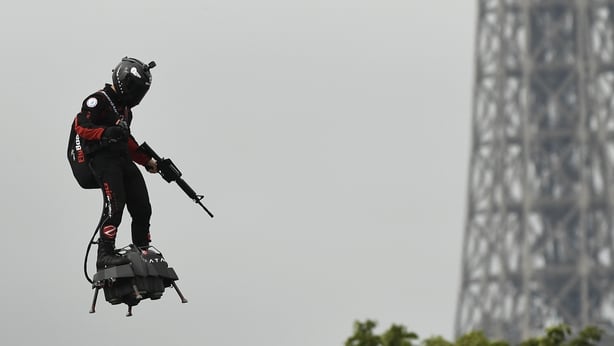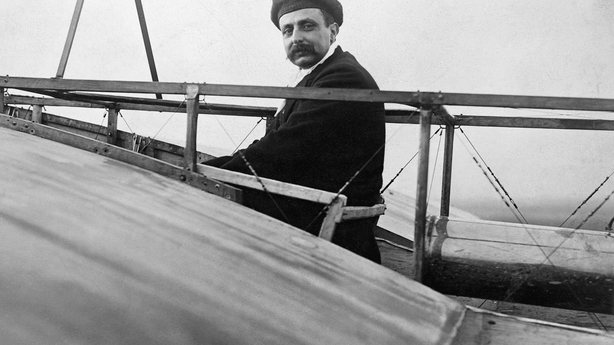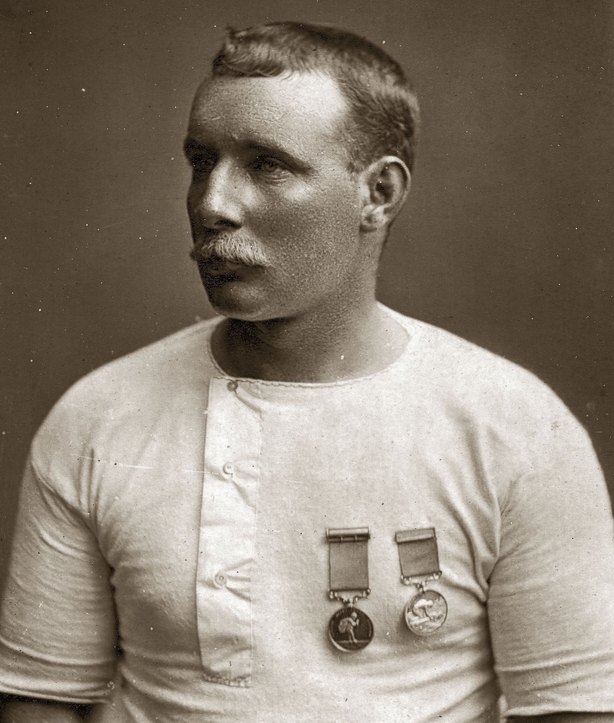A daredevil French inventor has failed in his attempt to fly across the Channel from France to Britain standing on a jet-powered "flyboard", having to be rescued after falling into the sea, his team said.
Franky Zapata, 40, a former jet-skiing champion, took off successfully from Sangatte in northern France, but then fell into the Channel during a tricky mid-sea refuelling stop, a member of his team told AFP.
Mr Zapata had planned to land in Britain around Dover after a flight of just 20 minutes.
The refuelling was always set to be one of the trickiest parts of the operation and Mr Zapata appeared have made contact with the refuelling platform due to the waves, forcing him into the sea.
The flyboard is fuelled by kerosene stored in the rider's backpack.
Mr Zapata carried 47kg of it with him, but as that would only take him part of the way across the Channel, he needed to pick up a new backpack in mid-Channel for the second half of the trip.

In a scene resembling a science fiction film, Mr Zapata had zoomed into the sky to begin his attempt wearing a full body suit, helmet and clutching a control device.
In a tribute to past aviation heroes, Mr Zapata had picked the day that marks 110 years since pioneer Louis Bleriot made the first airplane flight across the Channel on 25 July 1909.
He had hoped to make the 35km crossing in 20 minutes, keeping an average speed of 140km/h an hour at a height of 15-20 metres above the water.
His plan hit problems initially as the French maritime authorities refused to give the project their blessing, while stopping short of an outright ban, due to busy shipping traffic in the Channel.
But the maritime authorities said they lifted their "unfavourable opinion" after receiving guarantees from Mr Zapata about his refuelling plans and safety.

Mr Zapata sprung to national prominence at the 14 July Bastille Day military parade when he soared above the Place de la Concorde in Paris in front of world leaders including President Emmanuel Macron and German Chancellor Angela Merkel.
He carried a rifle during that demonstration and the French defence ministry said it was studying how the flyboard could be used by its troops.
"We created a new way of flying. We don't use wings. You are like a bird, it is your body that is flying. It is a boyhood dream," he told reporters ahead of the Channel flight.
"We want to follow a little bit in the footsteps of the pioneers of aviation," he added.
Mr Zapata's flyboard, which is about the size of a skateboard, is powered by five small jet engines that allow the rider to fly at speeds of 190km/h.
Other ways to cross the English Channel
By plane, hot-air balloon, gondola or jet-powered wing: the English Channel has been crossed in many inventive ways, even if Mr Zapata failed in his bid with a "flyboard" today.
By plane

The first aeroplane flight between France and Britain was exactly 110 years ago by French constructor and aviator Louis Bleriot.
His monoplane took off from Calais on 25 July 1909 and landed in Dover 37 minutes later. Mr Zapata scheduled his attempt for the anniversary of Bleriot's feat.
By balloon
In January 1785, France's Jean-Pierre Blanchard and American John Jeffries became the first to cross the Channel by hot-air balloon.
Leaving from Dover in England, they touched down in a forest three hours later near Boulogne-sur-Mer.
Swimming

In August 1875 Britain merchant marine captain Matthew Webb became the first known person to swim across the English Channel, which he did in 21 hours and 45 minutes.
American Gertrude Ederle was the first woman to do so in August 1926. She took 14 hours and 31 minutes.
On the water
The first hovercraft crossing was in July 1959, piloted by Briton Peter Lamb and taking around two hours.
In August 1984 British brothers Rick and Stephen Cooper did the same on a pedalo in a little over eight hours.
Glider and parachute
In November 1988, French inventor and adventurer Yves Marre crossed in a homemade motorised glider in about 90 minutes. He was briefly held by British customs officers when he landed in a field near Dover.
French navy officers Thierry Demonfort and Bertrand de Gaullier were in November 1999 the first to make the crossing by parachute.
They jumped in a two-person parachute from 8,000 metres (26,400 feet) at Dover and landed near Calais after 25 minutes.
In July 2003, Austrian daredevil Felix Baumgartner jumped from a plane about 9,000 metres above Dover and glided to France in 35 minutes, wearing only a specially-designed suit with a 1.8m long carbon-fibre wing. He landed by parachute.
In September 2008, Swiss adventurer and pilot Yves Rossy made the France-Britain crossing in under ten minutes using only a jet-powered carbon wing strapped to his back.
He started by leaping out of a small plane at 2,500 metres and reached speeds nearing 200km/h before deploying a parachute to land.

